Mercedes-Benz GLC [2016-2019] 220 d Progressive
- GLC [2016-2019]
- 360° View
- Specs & Features
- Variants
- Colours
- User Reviews
Variant
Mercedes-Benz GLC [2016-2019] 220 d Progressive Review
This is one of the most important cars for Mercedes in India. Mercedes is entering a segment which has so far been exploited by the likes of Audi Q5 and BMW X3 for a while now. Internationally Mercedes has the GLK but it was getting long in the tooth and the Stuttgart giant waited for a brand new product to drop the floor from beneath its competition. Meet the GLC-Class, an SUV which in theory should give Mercedes a distinct advantage, considering the Audi Q5 and the BMW X3 are already quite old. It looks fantastic on the outside, is elegant on the inside and its proven mechanicals just makes it very strong on paper. Now thanks to local assembly the GLC-Class is really well priced as it undercuts all its rivals by a considerable margin. So just how good is the new GLC? We conducted a thorough road test on both the petrol and diesel versions to give you a definitive answer.
Introduction
Design and Style
Interiors
Safety and Equipment
Engine, Performance and Braking
Ride and Handling
Price and Fuel Economy
Specification
Test Data
Specifications & Features
- Specifications
- Features
- Specifications
- Features
Specifications
Engine & Transmission
Engine2143 cc, 4 Cylinders Inline, 4 Valves/Cylinder, DOHCEngine Type220 d 4MATICFuel TypeDieselMax Power (bhp@rpm)168 bhp @ 3000 rpmMax Torque (Nm@rpm)400 Nm @ 1400 rpmDrivetrainAWDTransmissionAutomatic - 9 GearsEmission StandardBS 4OthersIdle Start/StopValve/Cylinder (Configuration)4, DOHCDimensions & Weight
Length4656 mmWidth1890 mmHeight1639 mmWheelbase2873 mmKerb Weight1954 kgCapacity
Suspensions, Brakes, Steering & Tyres
Features
Exterior
Braking & Traction
Safety
Comfort & Convenience
Lighting
Locks & Security
Doors, Windows, Mirrors & Wipers
Entertainment, Information & Communication
Mobile App Features
Storage
Airbags
Seats & Upholstery
Instrumentation
Manufacturer Warranty
Other GLC [2016-2019] Variants
| Variants | Price | Specifications | |
|---|---|---|---|
Rs. 56.34 Lakh | 5 Person, AWD, 400 Nm, 1954 kg, 550 litres, 9 Gears, 220 d 4MATIC, Panoramic, 66 litres, No, No, Front & Rear, 4656 mm, 1890 mm, 1639 mm, 2873 mm, 400 Nm @ 1400 rpm, 168 bhp @ 3000 rpm, Remote with Boot Opener, Yes (Automatic Dual Zone), Front & Rear, 1, Reverse Camera with Guidance, 0, Yes, Yes, Torque-On-Demand, Yes, 1, BS 4, 5 Doors, Diesel, Automatic, 168 bhp | Get Offers from Dealers |
Similar Cars
Explore Used Mercedes-Benz GLC
Colors
Reviews
- (4 Ratings) 4 Reviews
4.0/5
- Glc with Great brandNice look ,good performance ,low maintenance very nice car ,great brand ,nice interior, no cabin noise , suv feel good for long drive good for self drive , good mileage, total glc is nice car for your statusRating parameters(out of 5)5
Exterior
5Comfort
5Performance
5Fuel Economy
5Value For Money
About the ReviewerPurchase NewDriven forDid a short drive onceWas this review helpful?10 - Do not buyThis car presents itself with a new fault every couple of months. Absolutely third rate quality product and you just do not get what you are paying for. I do not have any problems with the drive quality, but the ac has already been repaired twice and is spoilt again, the fuel tank cover doesn’t open without a funnel and there are many other small problems which keep popping up. If you are thinking of buying this car I strongly recommend that you consider all other options before you buy this.Rating parameters(out of 5)3
Exterior
3Comfort
4Performance
4Fuel Economy
1Value For Money
About the ReviewerPurchase NewDriven forFew thousand kilometersWas this review helpful?43 - Gorgeous GLCBuying experience was affordable Rinding experience is amazing Look and performance is marvelous Servicing and maintenance is timely Only if there would convertible it would b a better experienceRating parameters(out of 5)5
Exterior
5Comfort
5Performance
5Fuel Economy
5Value For Money
About the ReviewerPurchase NewDriven forFew thousand kilometersWas this review helpful?00
- Home
- Mercedes-Benz Cars
- GLC [2016-2019]
- 220 d Progressive

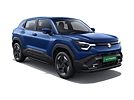


![Mercedes-Benz GLC [2016-2019] 220 d Progressive Mercedes-Benz GLC [2016-2019] 220 d Progressive](https://imgd.aeplcdn.com/664x374/cw/specialVersions/4918.jpg?v=20160929062633&q=80)
![Mercedes-Benz GLC [2016-2019] Right Front Three Quarter Mercedes-Benz GLC [2016-2019] Right Front Three Quarter](https://imgd.aeplcdn.com/664x374/cw/ec/21617/MercedesBenz-GLC-Right-Front-Three-Quarter-113628.jpg?wm=0&q=80)
![Mercedes-Benz GLC [2016-2019] Right Rear Three Quarter Mercedes-Benz GLC [2016-2019] Right Rear Three Quarter](https://imgd.aeplcdn.com/664x374/cw/ec/21617/MercedesBenz-GLC-Right-Rear-Three-Quarter-113643.jpg?wm=0&q=80)

![Mercedes-Benz GLC [2016-2019] Rear View Mercedes-Benz GLC [2016-2019] Rear View](https://imgd.aeplcdn.com/664x374/cw/ec/21617/MercedesBenz-GLC-Rear-view-113626.jpg?wm=0&q=80)
![Mercedes-Benz GLC [2016-2019] Left Rear Three Quarter Mercedes-Benz GLC [2016-2019] Left Rear Three Quarter](https://imgd.aeplcdn.com/664x374/cw/ec/21617/MercedesBenz-GLC-left-rear-three-quarter-113631.jpg?wm=0&q=80)
![Mercedes-Benz GLC [2016-2019] Left Front Three Quarter Mercedes-Benz GLC [2016-2019] Left Front Three Quarter](https://imgd.aeplcdn.com/664x374/cw/ec/21617/MercedesBenz-GLC-Left-Front-Three-Quarter-113632.jpg?wm=0&q=80)


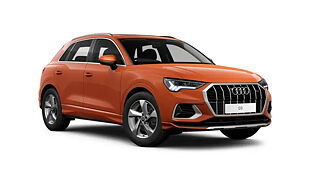
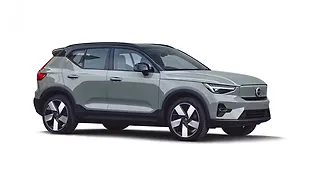
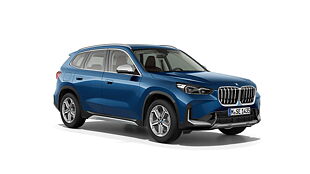
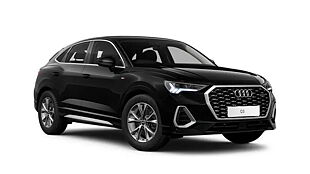
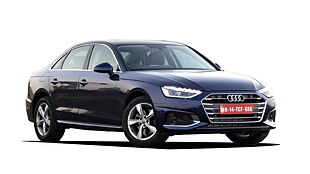
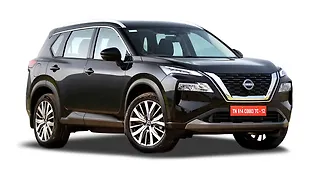
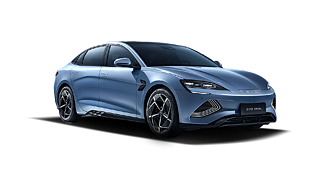

![Second hand Mercedes-Benz GLC 220d 4MATIC Progressive [2019-2021] Second hand Mercedes-Benz GLC 220d 4MATIC Progressive [2019-2021]](https://imgd.aeplcdn.com/310x174/vimages/202501/3787325_141293_1736495588052.jpeg?q=80)



![Second hand Mercedes-Benz GLC 220d 4MATIC Progressive [2019-2021] Second hand Mercedes-Benz GLC 220d 4MATIC Progressive [2019-2021]](https://imgd.aeplcdn.com/310x174/vimages/202412/3755317_23056_1_1734599039894.jpg?q=80)

![Second hand Mercedes-Benz GLC 220d 4MATIC Progressive [2019-2021] Second hand Mercedes-Benz GLC 220d 4MATIC Progressive [2019-2021]](https://imgd.aeplcdn.com/310x174/vimages/202501/3787473_6427_1736498161189.jpeg?q=80)
